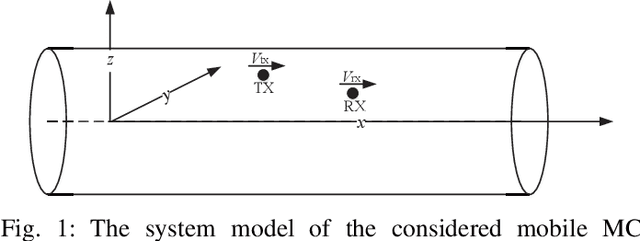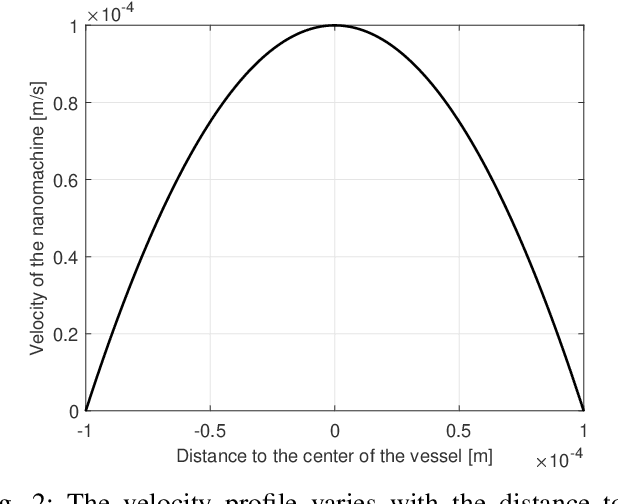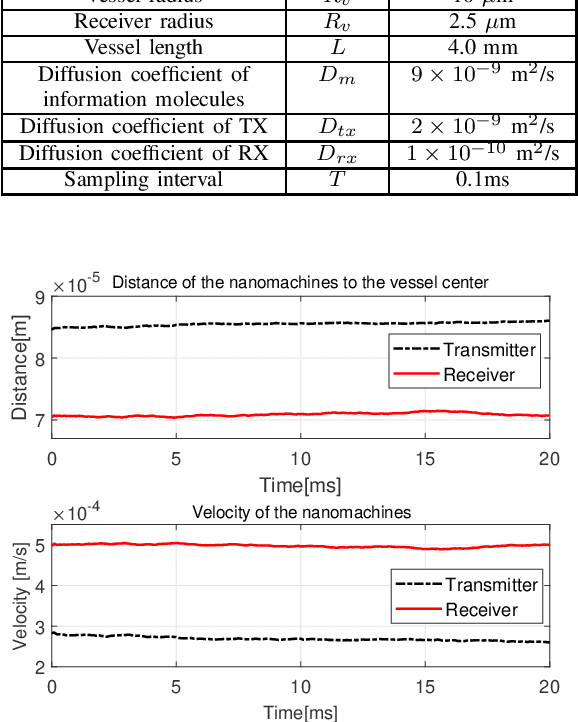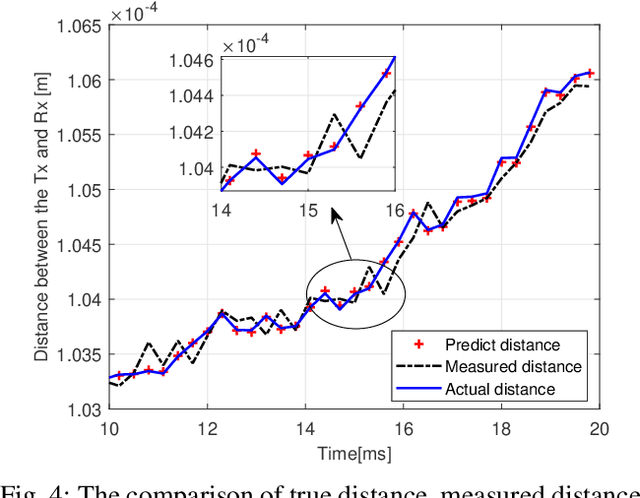Dongliang Jing
Energy Allocation for Multi-User Cooperative Molecular Communication Systems in the Internet of Bio-Nano Things
Apr 02, 2024



Abstract:Cooperative molecular communication (MC) is a promising technology for facilitating communication between nanomachines in the Internet of Bio-Nano Things (IoBNT) field. However, the performance of IoBNT is limited by the availability of energy for cooperative MC. This paper presents a novel transmitter design scheme that utilizes molecule movement between reservoirs, creating concentration differences through the consumption of free energy, and encoding information on molecule types. The performance of the transmitter is primarily influenced by energy costs, which directly impact the overall IoBNT system performance. To address this, the paper focuses on optimizing energy allocation in cooperative MC for enhanced transmitter performance. Theoretical analysis is conducted for two transmitters. For scenarios with more than two users, a genetic algorithm is employed in the energy allocation to minimize the total bit error rate (BER). Finally, numerical results show the effectiveness of the proposed energy allocation strategies in the considered cooperative MC system.
An Extended Kalman Filter for Distance Estimation and Power Control in Mobile Molecular Communication
May 19, 2022



Abstract:In this paper, we consider a mobile molecular communication (MC) system consisting of two mobile nanomachines, a transmitter and a receiver, propelled by a positive drift velocity and Brownian motion in a realistic blood-vessel-type flow regime. Considering the nonlinear movement of the nanomachines, an extended Kalman filter is employed to estimate the distance from the transmitter. Furthermore, based on the predicted distance, to keep the number of received molecules for bit 1 at a stable level, we employ power control on the number of transmitted molecules based on the distance between the transmitter and the receiver and the residual molecules in the channel from the previous transmission. Finally, the optimal detection threshold is obtained by minimizing the error probability. It is verified that a fixed optimal detection threshold can be effective for the power control scheme in the mobile MC. The bit error rate (BER) performance of our scheme is verified via simulation results.
 Add to Chrome
Add to Chrome Add to Firefox
Add to Firefox Add to Edge
Add to Edge